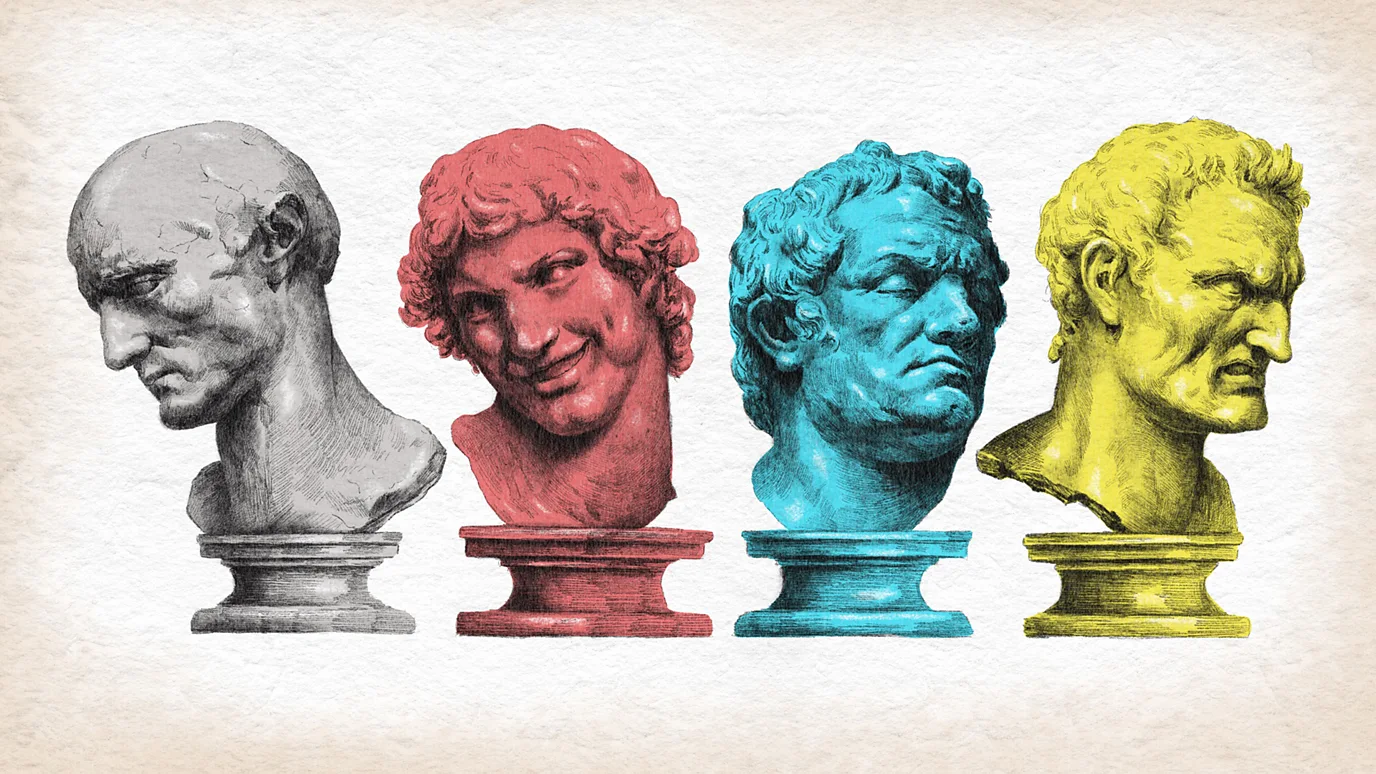A recent article tracks our long term infatuation with four factor models of personality – 2,500 years in fact! Although the causes of the personality types have changed, four or five dimension models of personality persist today. Well developed models measuring five personality dimensions are robust and can be useful for self understanding (there are plenty of four and five dimension models that haven’t been well developed however and are not at all useful).
However, four of the five dimensions of even the well developed models don’t predict job performance – conscientiousness is the only dimensions that has predictive power that is of any practical use. In one study, after completing a personality questionnaire with four dimensions people were given the results back at random. As long as there was three things they were good at and one they weren’t – they believed it was their results! A bit like a horror scope, when the definitions are broad we can see ourselves in all of them.
So why do we persist with these models?
It’s probably linked to our brain being able to process four to five dimensions of behaviour on average. These simple questionnaires fit intuitively with the way we process information about people.
Well developed personality questionnaires with more dimensions (16 – 32) have much more specific things they are measuring and these can be compared to specific requirements of the job which make them much more useful – explaining useful additional amount of differences in performance to ability tests or other measures.
So if you want to use a personality measure, more complexity is worth the effort!





